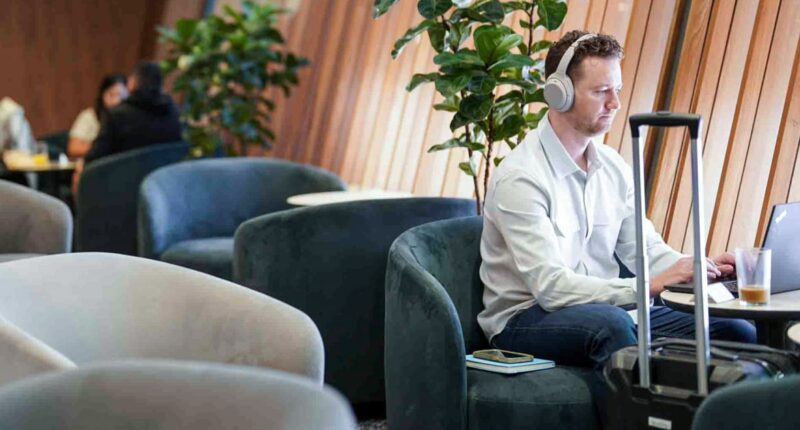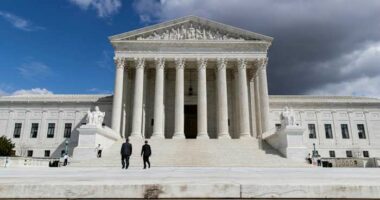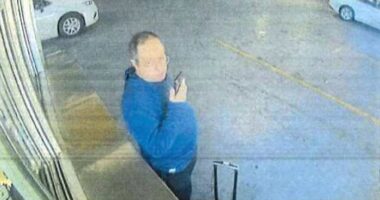Share this @internewscast.com
Pittsburgh residents are thrilled about the debut of the new $1.7 billion airport terminal set to open this fall, with 18,000 people vying for just 2,000 available test day spots even before the date was confirmed.
The fortunate volunteers who get to visit the airport without taking an actual flight will be among the first to admire the grand wooden ceiling adorned with over 4,000 constellation lights and enjoy some fresh air and refreshments on one of the four outdoor green terraces.
These guests will also be welcomed by the reinstalled 28-foot-long Alexander Calder mobile, named after the city, and explore a facility powered by its own microgrid. Employees there even have the benefit of an on-site daycare for their children.
Airport CEO Christina Cassotis expresses that the new terminal is not only more efficient and technologically advanced but also aims to “enhance the passenger experience.”
Globally, airports are undergoing transformations, enhancing VIP-style services and amenities to provide travelers with more choices. Airlines are focusing on upgrading premium cabins, while lounges are being expanded and modernized.
In late 2024, Portland International Airport’s (PDX) main terminal reopened, featuring a speakeasy, regular therapy llama visits, and an impressive 9-acre wood-beamed ceiling that even inspired a rap song. Meanwhile, the $19 billion renovation at John F. Kennedy International Airport in New York encompasses two new terminals and upgrades to two existing ones. Expected to open in phases starting in 2026, New Terminal One will become JFK’s largest terminal and will include over 300,000 square feet of dining, retail, lounge, and recreational space.
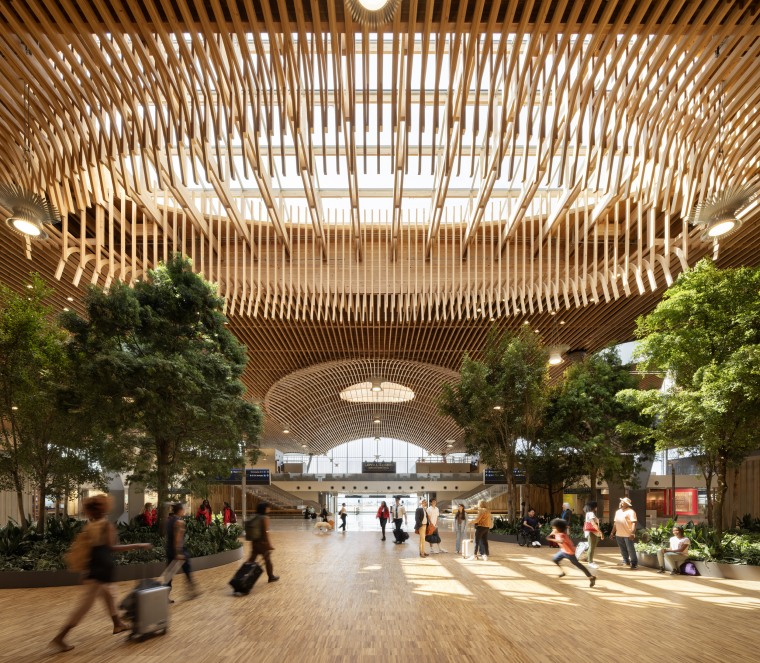
The partners building JFK’s $4.2 billion Terminal 6, also set to open in phases starting in 2026, say travelers will find a “digital-first, boutique guest experience.”
The recent $1.5 billion transformation of JFK Terminal 4, currently the airport’s largest terminal, is “distinctive, personalized and not cookie-cutter,” said Belinda Jain, vice president of customer experience and commercial at the terminal’s operator, JFK International Air Terminal. Its commercial offerings are intended to reflect life in New York, with regular pop-ups and eight lounges, including Capital One’s largest lounge to date.
While many airport upgrades reflect expected growth in passenger traffic and some long-delayed infrastructure investments, the “premiumization” of many services and the flurry of new lounges may be a response to airports being — or feeling — more crowded. Travelers have been willing to open their wallets to improve their experience and feel “special.”
At many airports, the experience on the concourse is nice enough that you don’t need to access a lounge to have robust Wi-Fi, power outlets, comfortable seating, pleasant surroundings and plentiful concessions, said travel analyst Henry Harteveldt, president and founder of Atmosphere Research.
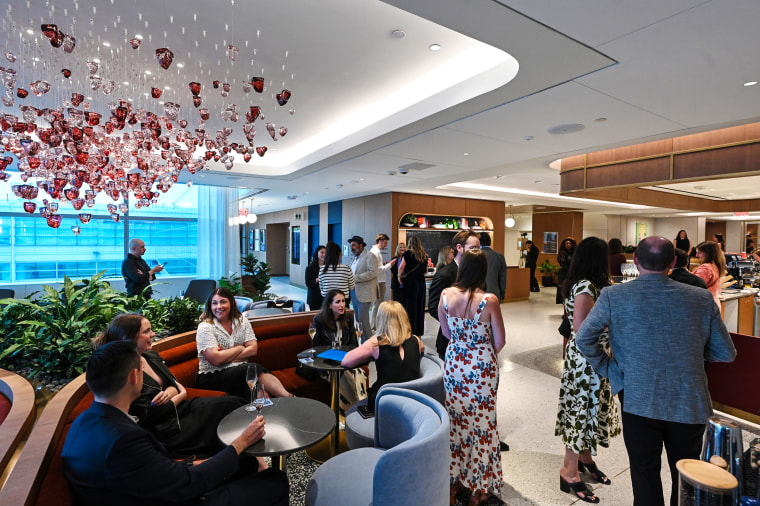
Yet 14% of the 5,000 U.S. airline passengers his group surveyed earlier this year said they have access to airport lounges through paid memberships, qualifying credit cards or flights, and spend status with an airline, said Harteveldt.
“We all want something that not everybody else has. And these lounges also appeal to the innate snob in all of us,” Harteveldt said. “In some cases, the lounges are above the general concourse area, meaning you are literally looking down on the people in the main terminal area.”
In a recent survey of more than 10,000 global travelers who take two or more trips a year, airport lounge operator Airport Dimensions found that 66% of U.S. travelers said they’d be willing to purchase premium services such as priority check in, fast-track lanes, paid waiting areas and lounge access to improve their airport experience.
The survey found that so-called affluent leisure travelers were significantly more willing to pay for those premium services than others. These travelers, also known as ALTs, are defined in part as taking three or more trips a year.

“These are people traveling by choice, not just necessity,” said Chris Gwilliam, Airport Dimensions’ senior vice president of global business. “And they are willing to spend when the experience feels worth it.”
Those with big budgets who want an even more premium experience can access luxury terminals when flying commercial from some airports.
PS, which opened a private, gated terminal for affluent travelers at Los Angeles International Airport in 2017, opened a second one at Hartsfield-Jackson International Airport in Georgia in 2023. It plans openings for airports in Dallas/Fort Worth and Miami in 2026.
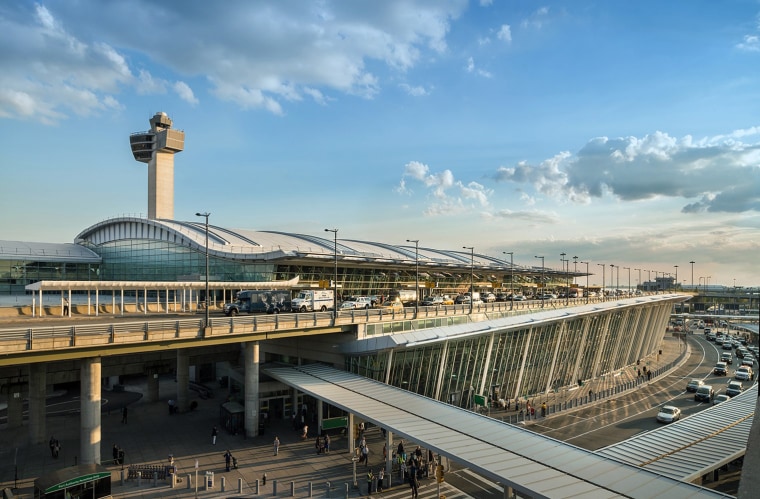
Services include private security screening, on-site customs and immigration facilities, spa services, chef-prepared meals, private suites or shared private lounge access and chauffeur service to the airplane. Fees range from $1,295 for individual access to close to $5,000 for a private suite for up to four travelers.
Demand for private travel experiences has skyrocketed since the pandemic along with a general desire to splurge on travel, said Amina Belouizdad Porter, CEO of PS. “It’s a trend that we have benefited from.”
Even less than affluent flyers are ponying up.
SkySquad is a service that expedites check-in and escorts travelers from the curb to the gate, with prices from $79 (walk-up) to $149 (prebooked) for up to six people at a growing number of airports, The Bethesda, Maryland-based company had its busiest month ever in December at Fort Lauderdale-Hollywood International Airport (FLL), where the company can only service customers of Spirit Airlines, an ultra-low-cost carrier.
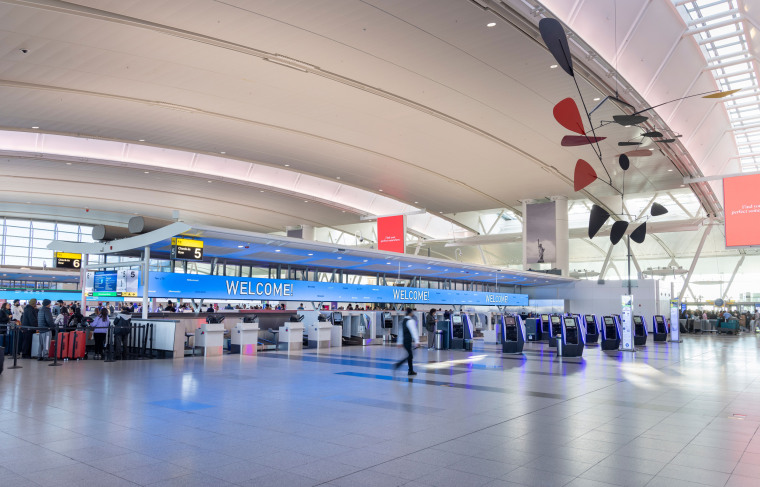
“We helped over 2,900 groups at FLL that month, which shows that travelers across all price points value a VIP experience,” said company founder Julie Melnick.
There are other widely available ways to get preferential treatment. The expedited screening lane accessible with TSA Precheck is available at more than 200 airports. Pricing varies by enrollment provider but can be around $85. For $209 a year, travelers can join CLEAR+ and cut to the front of the security checkpoint line at more than 59 airports.
“Travel is hard, and it’s only getting harder,” said Annabel Walsh, CLEAR’s senior vice president for marketing. Services like CLEAR’s, she said, give travelers “a faster, more predictable, premium experience when they need it most.”
